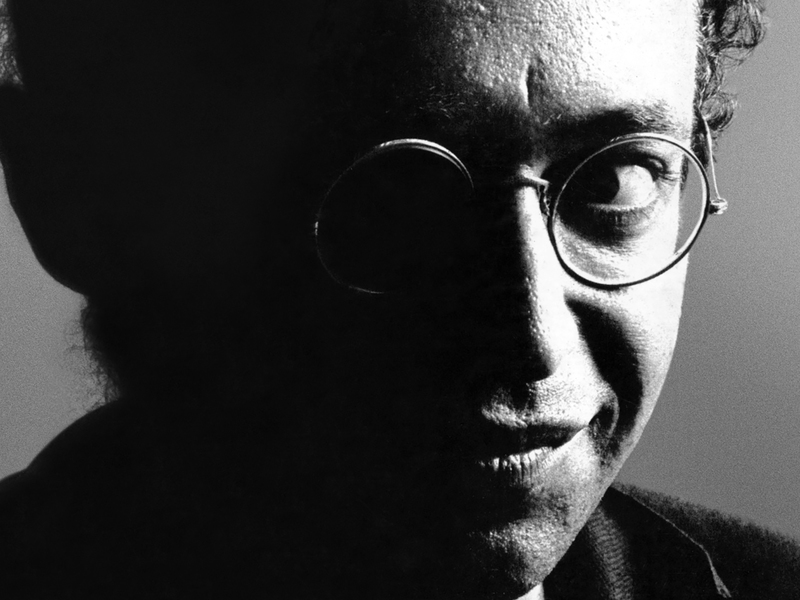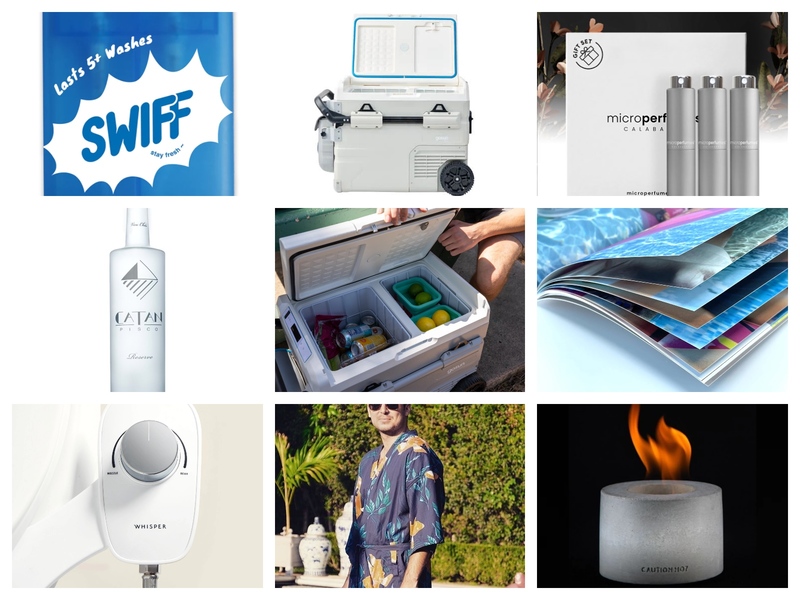Consumers have a dizzying array of choices in today's smartphone market. The technology keeps improving, and as year-over-year smartphone sales have slowed, manufacturers are pulling out all the stops vying for every last phone sale.
New iPhone models make the headlines, but Android phones still lead U.S. sales and absolutely dominate the world market. If you're in the Android camp (and I am), two phones currently sit at the top of the list: the Samsung Galaxy S8 and Google Pixel. Both offer a top-of-the line experience with the latest in Android technology, but if you're in the market for a new phone (and, again, I am), which do you choose?
It was time to replace my comically smashed DROID Turbo, so Verizon gave me a chance to try them each out before committing. The two match up well in most ways, so "the best phone" depends on the features that are most important to you. If you're passionate about one thing or another (and I very much am), one of the two will rise to the top.
First, their similarities. Both the S8 and Pixel come with Android 7 (Nougat), the latest Google has to offer. Nougat brings in some useful features, such as tuning your notifications, quick-switching between your last two apps and a split-screen mode.
Both phones boast an incredible battery life. Each lasted well over a day on a single charge. With power-saving options – particularly on the S8 – I was able to push that to two full days between charges! That's a far cry from my old Galaxy Nexus (R.I.P. buddy) that sometimes had to be charged immediately after work. Both phones charged quickly to full power via USB-C (someday – SOMEDAY – the Universal Serial Bus will be just that) so if you let the phone get low, you can recover with a short charge and be on your way.
Part of a trend I'm very much in favor of, both phones are available in two sizes. The base models are designed for easy one-hand use. If you have bigger hands (and I do), you'll find the larger versions, S8+ and Pixel XL, more comfortable and less prone to misclicks. It's hard to say exactly where the line between phone and phablet is, but the S8+ and Pixel XL are to my eye well within the phone camp – big enough to be useful without being cumbersome.
Smartphones are more camera than phone to most people, and both cameras excel. I took the S8 with me on a trip to Texas and was very happy with the camera's performance. Even moonlit pictures, always a smartphone challenge, turned out reasonably well. The Pixel's camera performs just as well (technically it's a slightly better camera, but who's counting tenths of a megapixel at this point?) and, as a bonus, comes with unlimited photo and video storage on Google Photos, a huge advantage for users who snap thrice and ask questions later (yep, that's me).
Out of the box, Samsung's infinity display is breathtaking, and the S8 is gorgeous. There's no other way to say it: The S8 is stunning. The Pixel mostly looks like an iPhone, which is to say good, but more or less like every other smartphone on the market.
Though it feels smaller in the hand, the S8 also has the advantage on usable screen space. Samsung's Edge technology has been around for awhile, but it's still innovative and fascinating. The S8 exploits it especially well with a quick-links tab that swipes in from the right so frequently-used contacts and apps are nearby no matter what you're doing. The edge also allows the S8 to serve up unobtrusive notifications while your phone is face down, an overlooked but very handy feature.
I didn't actually try it with either phone (I'm not a nutcase; I had to return them in one, fully-functioning piece), but another advantage the S8 has over the Pixel is it's waterproofing. The Pixel is merely splash-resistant, but the S8, according to the nutcases who actually tried it, is downright dunk-proof. You shouldn't really have to keep your S8 immersed in a foot of water for 20 minutes, but apparently that's an option for you if you're into that sort of thing (and I'm not).
Samsung's Bixby voice assistance is still at least a few weeks away from launching in the U.S. I'll update here if I get a chance to try it, but it will be tough to beat the Pixel's voice assistance. Google Assistant is smooth and conversational, the best I've seen on an Android yet. I expected some difficulty with phrases such as "I want to listen to 'Freedom of Choice' by DEVO on Google Play" as I did with my previous phones, but Assistant was quick to understand what I want and deliver. I'm a fan of anything that makes the phone more hands-free while I'm in the car, and the Pixel is definitely the winner in that category.
A fringe feature to some, I love wireless charging. Though slower than wired charging, it's convenient and handy at my desk or bedside. It's so much easier to pick the phone up, check notifications, and put it back down without fumbling with a cord or worrying whether my cat is going to play with the cord and pull the phone off of the end table. The S8 charges wirelessly with my Qi chargers, but I was shocked to find that the Pixel doesn't. Why, Google; why? Plugging it in at night has me feeling like Elijah Wood in "Back to the Future 2." I can't say why that design decision was made, but it's the one black mark on an otherwise fantastic phone.
On the other hand, the Pixel boasts what is probably my favorite smartphone feature: stock Android. When Google releases updates to Android, every phone manufacturer tunes it a bit for themselves. Afterward, your cell carrier adds their own software and that of their partners to the phone before you get it in your hands. I went with the Galaxy Nexus (R.I.P buddy) for my first smartphone because it was as close to stock as your could get at the time (and, I assumed, the closest consumers would ever see).
My next phone, a DROID Turbo, came with extra uninstallable apps, as does the S8 and literally every other phone on the market. Pixel, though, comes clean – not just without partner apps like Mobile Strike or NFL Mobile, but without the carrier-specific apps I'd normally see. I chose which of those I wanted (My Verizon and Verizon Cloud) and installed them from my Google Play account. A few extra clicks is well worth starting out on my own terms.
The ability to choose a phone that’s right for you is one of the Android platform’s best features. If you’re in the market, you can’t go wrong with either of these phones; it comes down to the features that are right for you. A few of my friends went with the S8 for the waterproofing, edge display and all-around good looks. Stock Android is the killer feature for me, and the unlimited photo storage is a huge plus, so I bought a Pixel (and I did).
OnMilwaukee.com's senior developer Nick Barth has been a part of the team since 2008. After an 18-month stint in Portland, he returned to his hometown with a new love of food trucks, bike life, and simple and effective gadgetry. The self-proclaimed gear geek and denim addict now presents OnMilwaukee's #wewant series weekend mornings on WISN-12.





